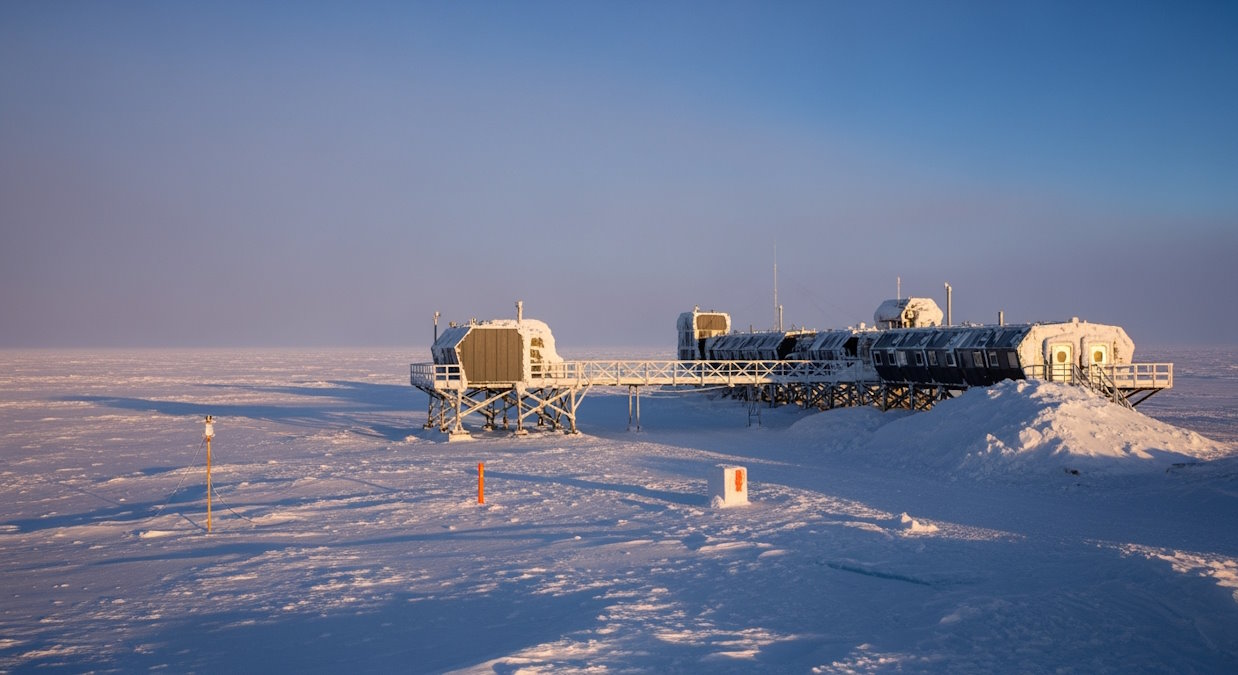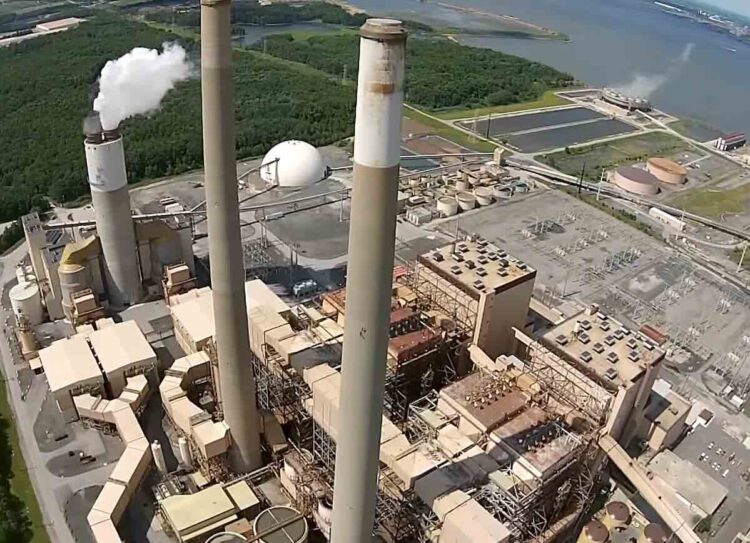
Breitbart By James Taylor | 13 Jan 2020
U.S. and global crop production continue to set new records, even as climate activists ramp up a campaign to convince people that climate change is decimating crop production and forcing farmers out of business.
The latest misinformation was spread by Politico. Politico in October published an article titled, “‘I’m standing right here in the middle of climate change’: How USDA is failing farmers.” On December 9, Politico followed up with an article titled, “How a closed-door meeting shows farmers are waking up on climate change.” The October article claimed “American farmers are reeling” from extreme weather caused by climate change. The article also complained that the U.S. Department of Agriculture (USDA) is not devoting more money toward climate change programs. The December article asserted horrible “destruction wrought by catastrophic weather this year.” The article placed the blame on climate change and then trumpeted efforts to change government agriculture policy to focus on climate change.
The Politico articles generated substantial attention from the media echo chamber, including Google News searches for “climate change” placing the Politico articles at the top of search results. Unfortunately for climate activists – but fortunately for farmers and the rest of us – the climate change crop scare is pure fiction.
Presenting crop data collected by the UN Food and Agriculture Organization, the Global Economy website documents that U.S. crop yields are enjoying excellent short-term, mid-term, and long-term growth, with new records being set almost every year. According to the USDA publication, “Crop Production Historical Track Records,” the past three years produced the three highest U.S. wheat yields per acre in history. The past five years produced the five highest U.S. corn yields and the five highest soybean yields per acre in history. U.S. and global crop production are a story of steady growth and almost yearly new records as the Earth modestly warms.
Even with the “catastrophic weather this year,” the USDA projects this year’s corn, soybean, and wheat yields to each be among the top six years all-time. Also, much of the problematic “catastrophic weather” occurred as part of early-spring snowstorms and late-fall snowstorms, which will continue to become less frequent and severe with ongoing modest warming.
At the global level, the UN Food and Agriculture’s “World Food Situation” website documents the same strong, consistent crop growth globally, with new records being set virtually every year.
The UN global crop production data is particularly helpful getting to the bottom of claims that climate change is a major factor in people attempting to enter the United States from Central America. NBC News, for example, published a July 2019 article titled, “Central America’s choice: Pray for rain or migrate.” The subtitle read, “Ravaged by drought, farmers in rural Honduras and Guatemala live on the edge of hunger.” The article placed the blame for drought, crop failures, and resultant migration on global warming.
UN Food and Agriculture data, however, show Honduras and Guatemala are enjoying long-term growth in crop yields per acre, with record crop yields being set throughout the past decade. The same holds true for Mexico and nearly every other country in Central America.
Ultimately, more atmospheric carbon dioxide has the same beneficial impact on farm production as it does in greenhouse growing facilities. Also, warmer temperatures bring longer growing seasons and fewer devastating frost events. U.S., Honduran, Guatemalan, and global crop data show that climate activists are telling tall tales when they assert that climate change is causing global or regional crop devastation. The proof is in the objective crop production data.
James Taylor (JTaylor@heartland.org) is director of the Arthur B. Robinson Center on Climate and Environmental Policy at The Heartland Institute.



